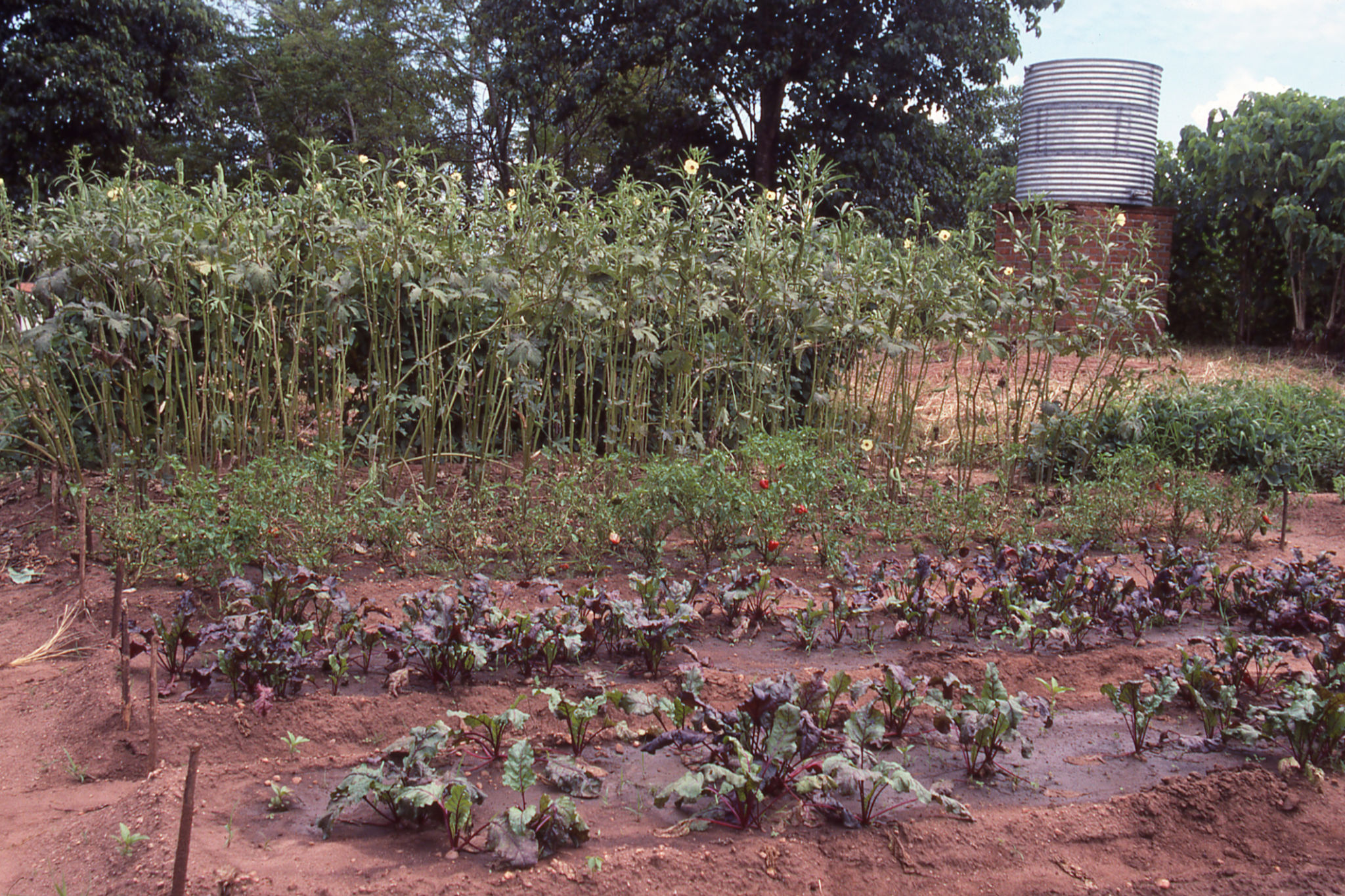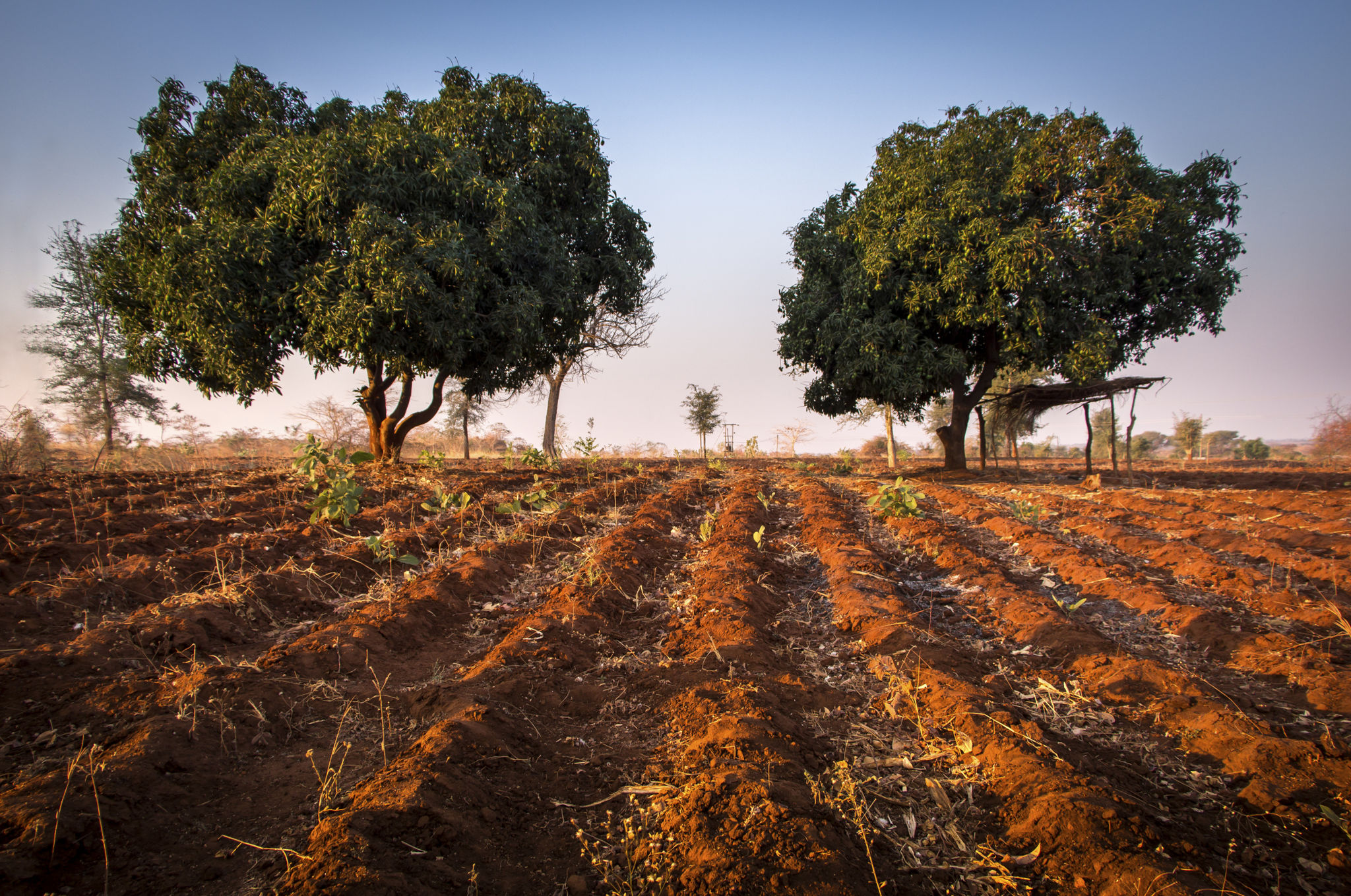Seasonal Planting Tips for Urban Farmers in Kasungu
LW
Understanding Kasungu's Climate
Kasungu, located in Malawi, offers a unique climate that urban farmers can leverage for successful seasonal planting. With its subtropical climate, understanding the rainfall patterns and temperature variations is crucial. The region experiences a rainy season from November to April and a dry season from May to October. Knowing these patterns helps in selecting the appropriate crops for each season.
The rainy season is ideal for planting crops that thrive in moist conditions, such as maize, beans, and sweet potatoes. During the dry season, focus on drought-resistant varieties like sorghum and millet. This approach ensures a continual harvest and maximizes the use of available resources.

Choosing the Right Crops
Selecting the right crops for each season is vital for maximizing yield. In Kasungu, consider growing fast-maturing crops during the rainy season to take advantage of the abundant water supply. Vegetables like tomatoes, okra, and leafy greens are excellent choices as they can be harvested multiple times within a single rainy season.
For the dry season, opt for crops that require less water. Cassava and groundnuts are excellent options due to their resilience in drier conditions. Additionally, consider intercropping to make efficient use of space and improve soil fertility. This practice involves growing two or more crops in proximity, creating a symbiotic environment where each plant benefits the others.
Soil Preparation and Fertility
Soil preparation is a critical step for urban farmers in Kasungu. Begin by testing the soil to determine its nutrient levels and pH balance. This information helps in deciding the type and amount of fertilizer needed for optimal plant growth. Composting is an excellent way to enhance soil fertility, providing essential nutrients for crops while reducing waste.
Moreover, consider practicing crop rotation to maintain soil health. Rotate crops that have different nutrient requirements; this prevents soil depletion and reduces pest buildup. For example, if you plant legumes one season, switch to cereals the next.

Water Conservation Techniques
Water conservation is crucial during the dry months in Kasungu. Implementing efficient irrigation systems, such as drip irrigation, can significantly reduce water usage while ensuring plants receive adequate moisture. Mulching is another effective technique; it involves covering the soil with organic materials like straw or leaves to retain moisture and suppress weeds.
Additionally, rainwater harvesting can supplement water supply during dry spells. Collect rainwater during the wet season and store it for use when needed. This sustainable practice not only conserves water but also reduces dependency on other sources.
Pest Management Strategies
Pests can pose a significant challenge to urban farmers in Kasungu. Integrated Pest Management (IPM) is a sustainable approach that combines different strategies to control pest populations while minimizing environmental impact. This includes using natural predators, planting pest-resistant crop varieties, and applying organic pesticides when necessary.

Regular monitoring of crops for signs of pest damage is essential for early detection and intervention. Additionally, maintaining garden hygiene by removing debris and weeds can help prevent pest infestations.
Community Engagement and Knowledge Sharing
Urban farming in Kasungu can benefit greatly from community engagement and knowledge sharing. Joining local farming groups or cooperatives provides opportunities for learning from experienced farmers and accessing shared resources such as tools and seeds.
Workshops and training sessions on sustainable farming practices are often organized by local agricultural organizations. Participating in these events can enhance your skills and keep you updated on the latest techniques and innovations in urban farming.
By applying these seasonal planting tips, urban farmers in Kasungu can optimize their efforts, resulting in bountiful harvests and a more sustainable urban agriculture ecosystem.
